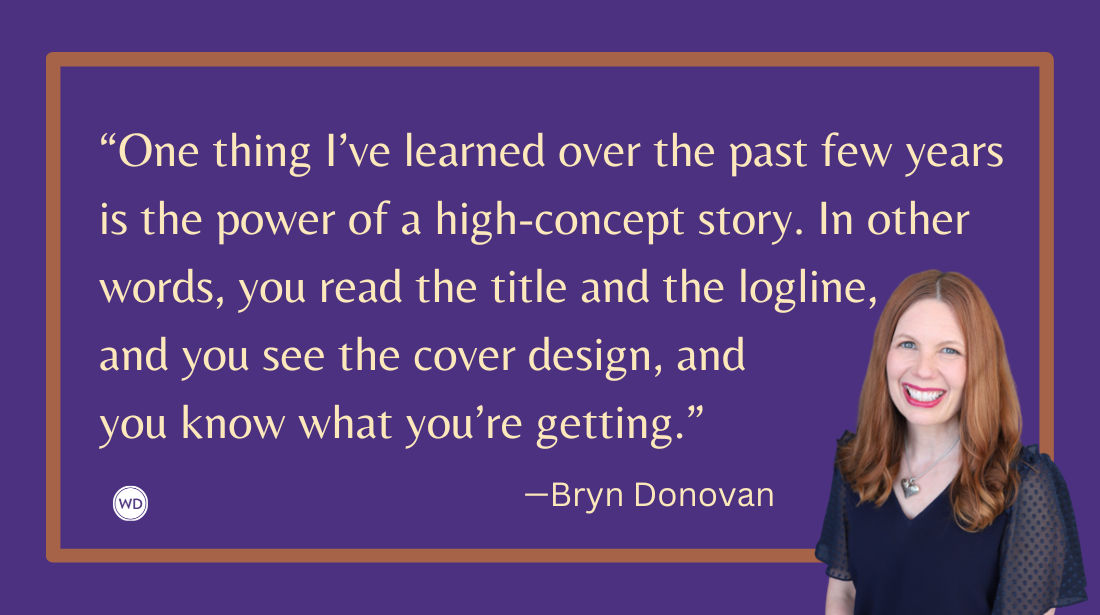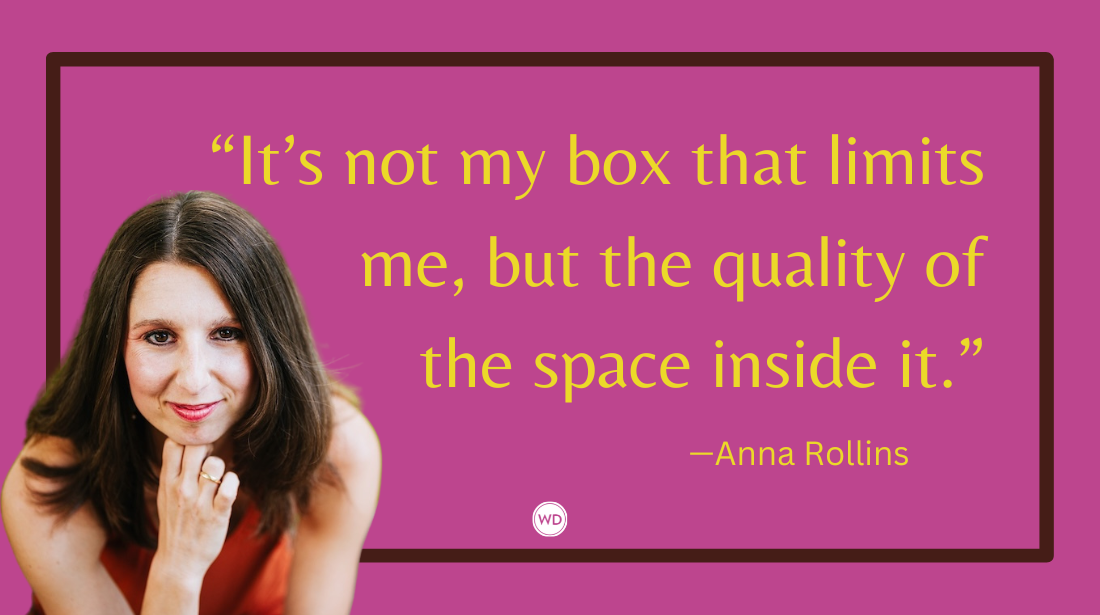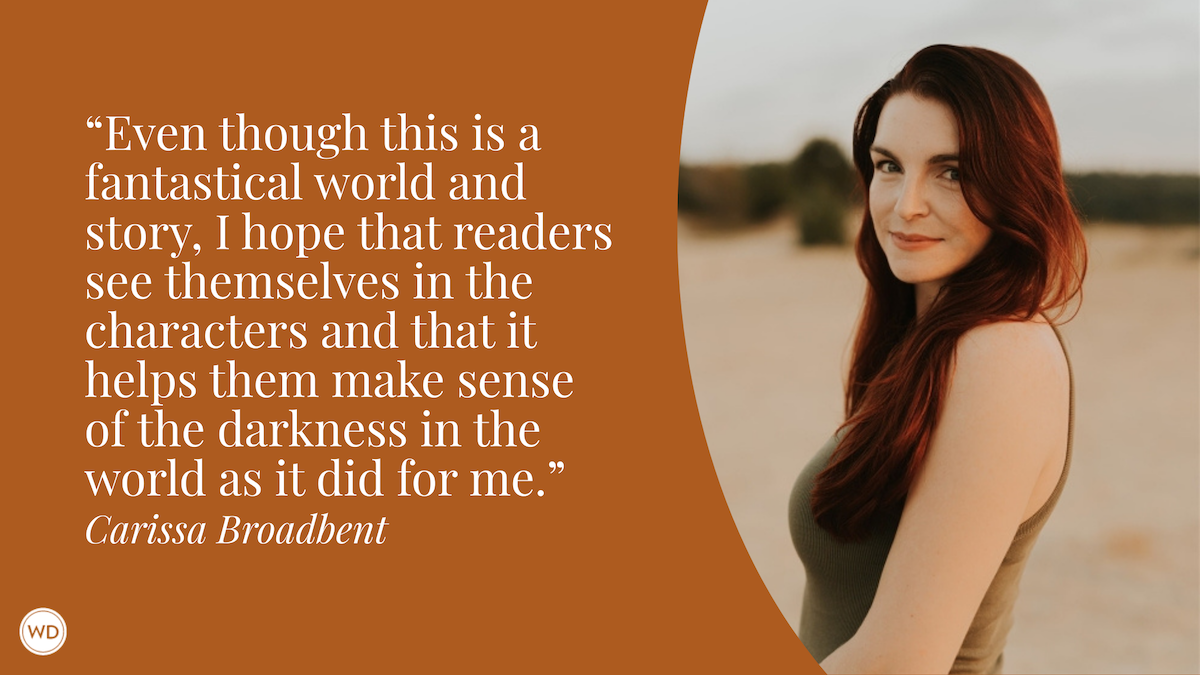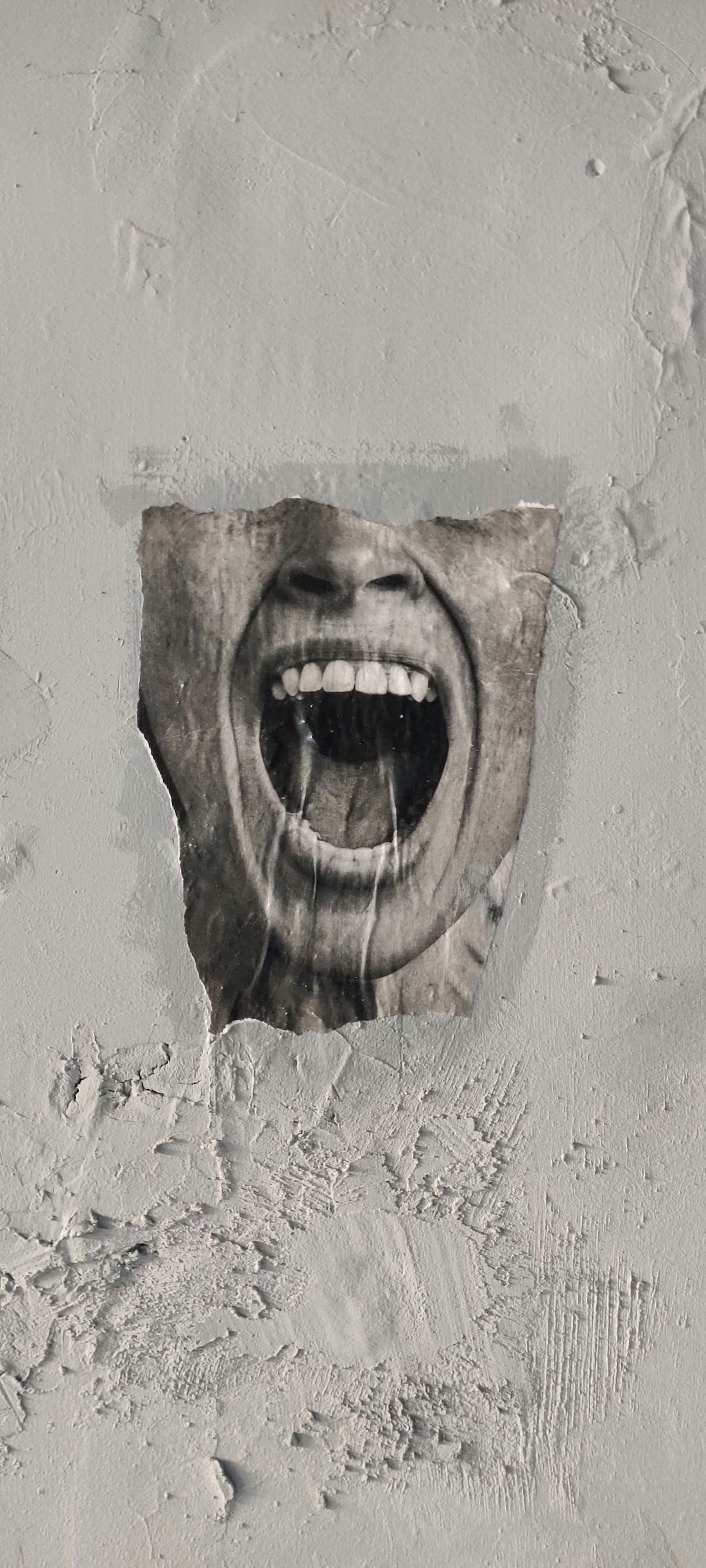The Art and Craft of Pre-Writing
What do you do when pantsing leads to false starts but plotting feels less organic? Author Christine Wells shares what she calls the art and craft of pre-writing, and a step-by-step system to help you succeed.
When I first started writing about 20 years ago, I would begin a novel with little more than a concept. I didn’t know who the characters were, or what their internal conflict might be. That’s not to say they didn’t have one—it would emerge naturally as the story went on. However, it wasn’t until I had a complete draft in front of me that I understood the key drivers of my story.
As a writer who dislikes wasting words or writing down blind alleys, this process frustrated me. Yet when I tried to plan out a story in detail beforehand, actually writing it felt like paint-by-numbers.
So how do you write a novel “into the mist” without writing yourself off a cliff? One suggestion I have for organic writers like me is a method I developed for myself (although no doubt countless other authors use it in some form or other). I call it pre-writing.
What Is Pre-Writing?
What is pre-writing, you might ask? This is my own definition: Pre-writing is sketching out a scene immediately before you write it.
Present tense, note form or narrative, at its purest form, pre-writing is a page or two outlining the next scene you’re about to write. This happens, then that happens. Simple.
I have found it most effective to get away from my computer when I pre-write. Sitting somewhere pleasant, on my veranda in the sunshine, in a coffee shop, or even in bed at night works well. Somewhere that doesn’t feel like work, but a chance to play. I recommend writing longhand with your favorite pen, in your favorite notebook, but that’s up to you.
There is something to be said for doing your pre-writing at night before you go to bed. Overnight, your subconscious mind will work on the prompts you’ve given yourself, and in the morning, those pages will all but write themselves.
In pre-writing, mistakes and useless digressions don’t matter. You’re just roughing it out. You can include all kinds of details, snatches of dialogue or metaphors if they come to you, questions you need to answer, notes about another scene, whatever takes your fancy. The object of the exercise is to get in flow, let your imagination roam, not to strain to find the perfect word.
For those who like a bit more structure and detail to their pre-writing, I’ve developed a workbook with a list of prompts to get you thinking of the kinds of things you need in virtually every scene. Here are some of the highlights:
Story Premise
Before you begin your novel, try to come up with a succinct, powerful story premise you can use as a touchstone to remind you of the principal driving force propelling your protagonist through this story. It doesn’t have to be complicated and you don’t have to know all of the details.
Something as short as “A boy must learn to be a wizard and ultimately defeat a great evil who plans to destroy the world.” This will be your touchstone and you should remind yourself of it before you begin sketching out this scene. You can change or refine the premise as you go.
Scene Goal
What does the point of view (“POV”) character want in this scene? Often we write scenes where things simply happen to our characters and then realize the scene lacks direction.
How does the scene goal tie in with the overall story goal or question? Remember those scenes you usually have to cut because they don’t move the story forward? This is your chance to make sure this scene is a keeper ahead of time.
Conflict
Name three external factors that could prevent the POV character achieving their goal. Now, think about how the character can get in their own way, revealing their internal conflict, and hinting at the lesson they need to learn about themselves or the world before the end of the book.
You might not know any of this yet, so don’t panic. But ask yourself the question and your subconscious mind will work on that problem for you when you’re doing something else.
Outcome
Does the point of view character achieve the scene goal? The answer can be a simple yes or no. But more interesting might be a conditional yes—they can achieve the goal if they do something else first, or a no, and furthermore—not only do they not achieve their aim but they are placed in a worse position than before.
The Next Step
What is the next step arising naturally from this scene outcome? This gives you your next scene if you didn’t know already. Jot down notes of any story threads that might lead to other scenes either earlier or later in the book.
Still with me? Let’s dig a little deeper.
Emotion
How does the POV character start out feeling in this scene? How do they feel at the end? There’s a reason that whenever an actor on screen is about to receive bad news on the telephone, they are smiling. If someone is hopeful at the beginning of a scene, and then they are dealt a devastating blow, it will have more impact than if they began the scene already in a despondent frame of mind.
Free-write a list of adjectives to describe the mood and tone of this scene. What do you want to make the reader feel? Does the mood and tone of the scene fit with the rest of your novel?
Hooks
Is there a way to begin the scene that will grab the reader’s attention straight away? How will you propel them into the scene that comes next?
No Talking Heads
If, like me, one of your great pleasures is writing dialogue, you might sometimes find yourself with scenes that are light on meaningful action. Try coming up with an activity the characters can be engaged in—whether throughout the novel, or just for that scene—so that their actions can be more than glorified dialogue tags. It is best to link the activity either thematically or directly with the story goal, of course.
Using active verbs, list 10 ways a character might show emotion while engaged in that activity.
IndieBound | Bookshop | Amazon
[WD uses affiliate links.]
Setting
What is special or significant about the setting? What is your POV character’s opinion of or emotional response to it? Can you make it a place the reader longs to live? Alternatively, how can you imbue the reader with a visceral disgust of the place? In what way does the setting reflect or contrast with the emotion of the scene?
Use the five senses to make lists of descriptive words and phrases for this place. Now see if you can give these descriptors a different slant using your POV character’s mood, opinion, or outlook in that scene.
Character Compass
Is there some other person, setting, or object you can use to measure your POV character’s emotional development throughout the novel? (The character compass will often emerge organically, so don’t worry if you can’t think of one from the first scene.) How do they feel about that place, person, or thing in this scene? Can you show this with a meaningful interaction?
For example, a love letter, treasured and often re-read, might be crushed in the spurned lover’s fist, then later, lovingly smoothed out and kept close to his heart—all symbolic of how he feels about the person who wrote it. An angry loner might tell a mangy dog to get lost, then let him follow, later begin feeding him scraps, and eventually weep when the dog tragically dies. We don’t need to be told that the curmudgeon has learned to love, we see it through his interaction with his dog.
Conclusion
As always, you should do what works best for you. If the idea of doing any preparation at all for your manuscript makes you break out in hives, remember that you can still apply these principles in the revision stage, after you’ve written the draft.
But if you have developed a fear of the blank page, or if you’re keen to save yourself some of the pain organic writing can bring by doing just a little preparation immediately before writing a scene, I hope you’ll give pre-writing a try. It can be the guard-rail that keeps you on track, without making you feel like you’re wearing a creative straight jacket.
Christine Wells writes historical fiction featuring strong, fascinating women. From early childhood, she drank in her father’s tales about the real kings and queens behind popular nursery rhymes and she has been a keen student of history ever since. She began her first novel while working as a corporate lawyer and has gone on to write about periods ranging from Georgian England to post World War II France. Christine is passionate about helping other writers learn the craft and business of writing fiction and enjoys mentoring and teaching workshops whenever her schedule permits. She loves dogs, running, the beach and fossicking for antiques and lives with her family in Brisbane, Australia. For more information, visit christine-wells.com. (Photo credit: Bill Tsiknaris.)









